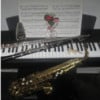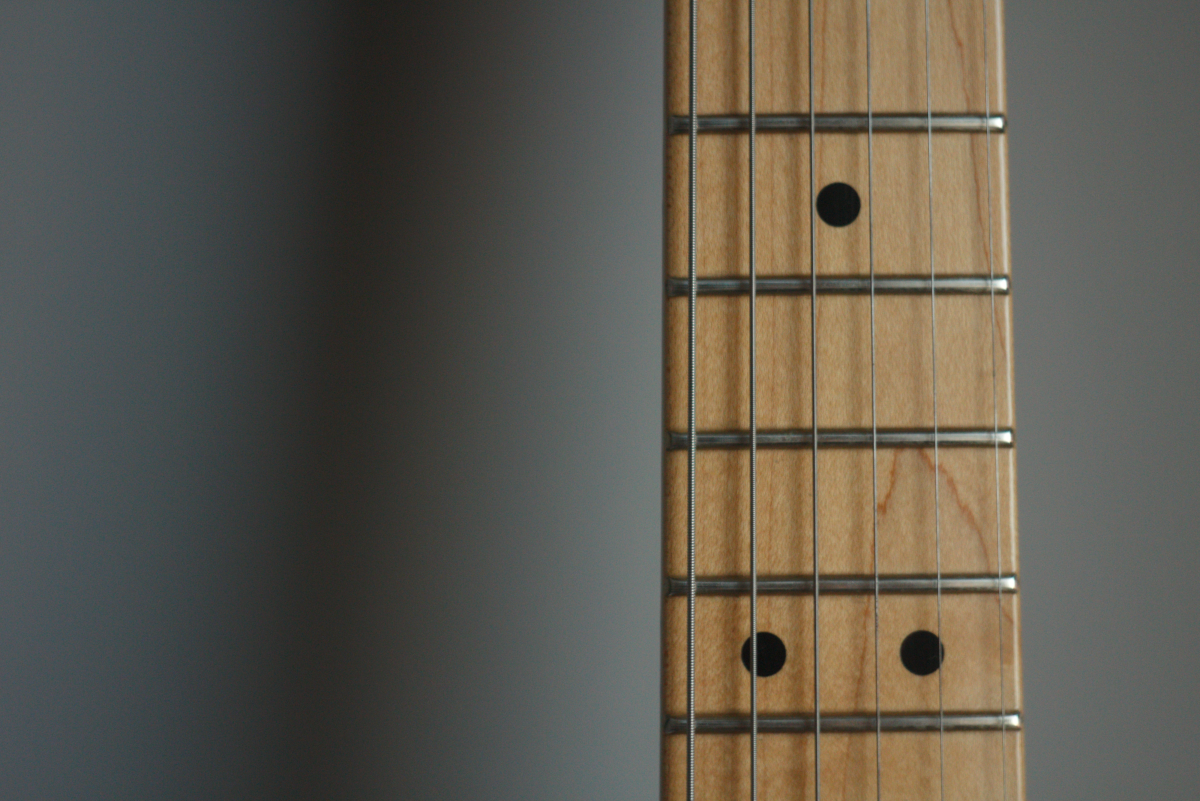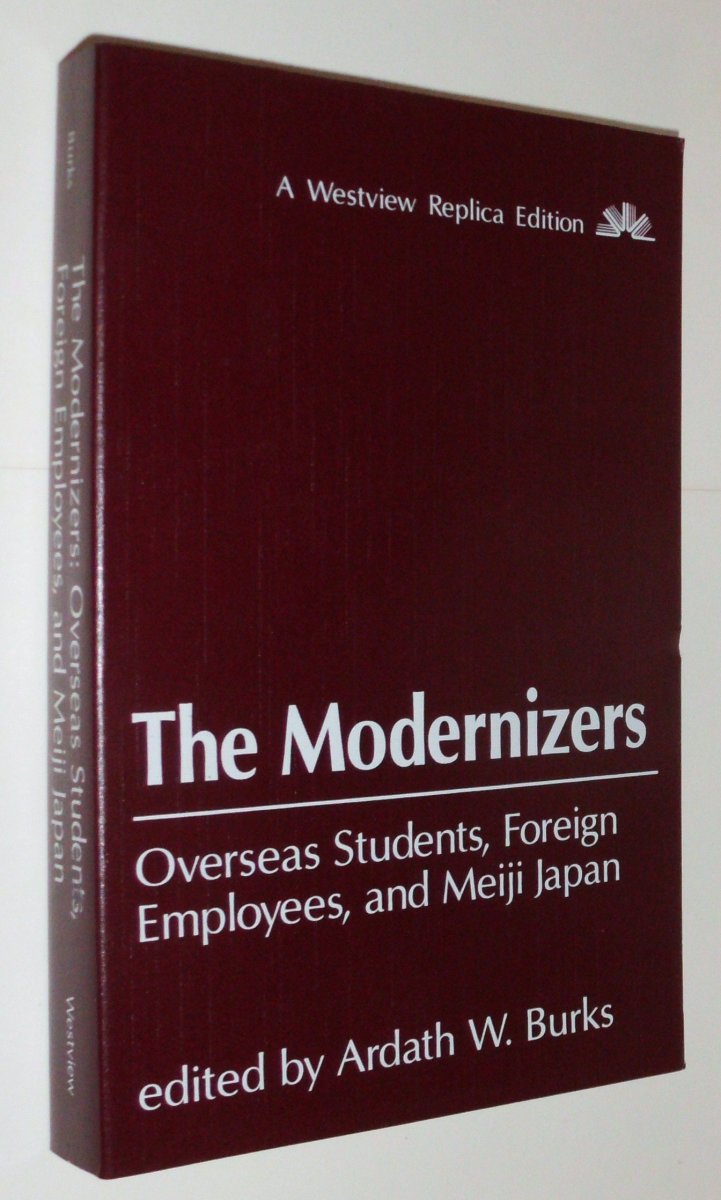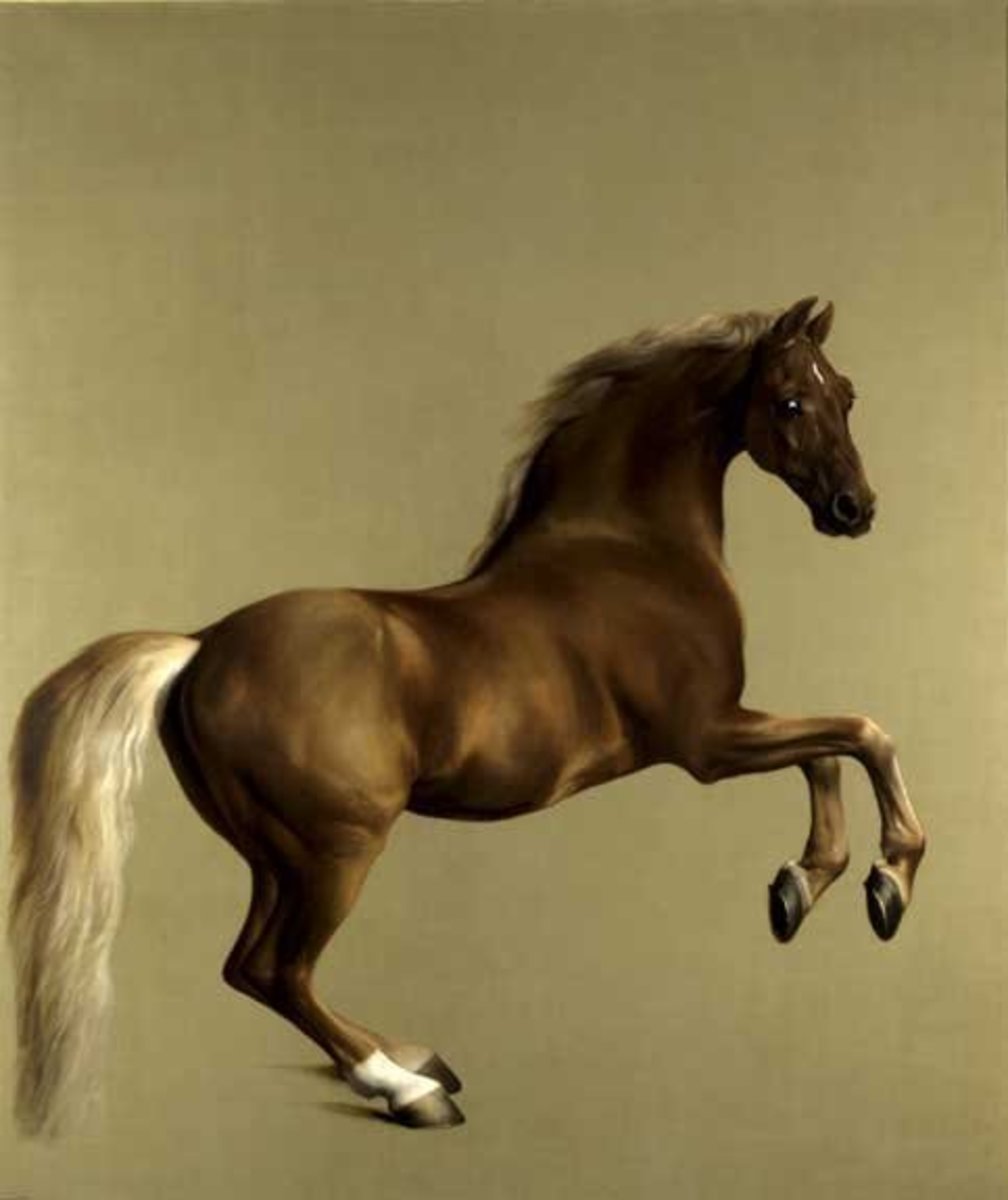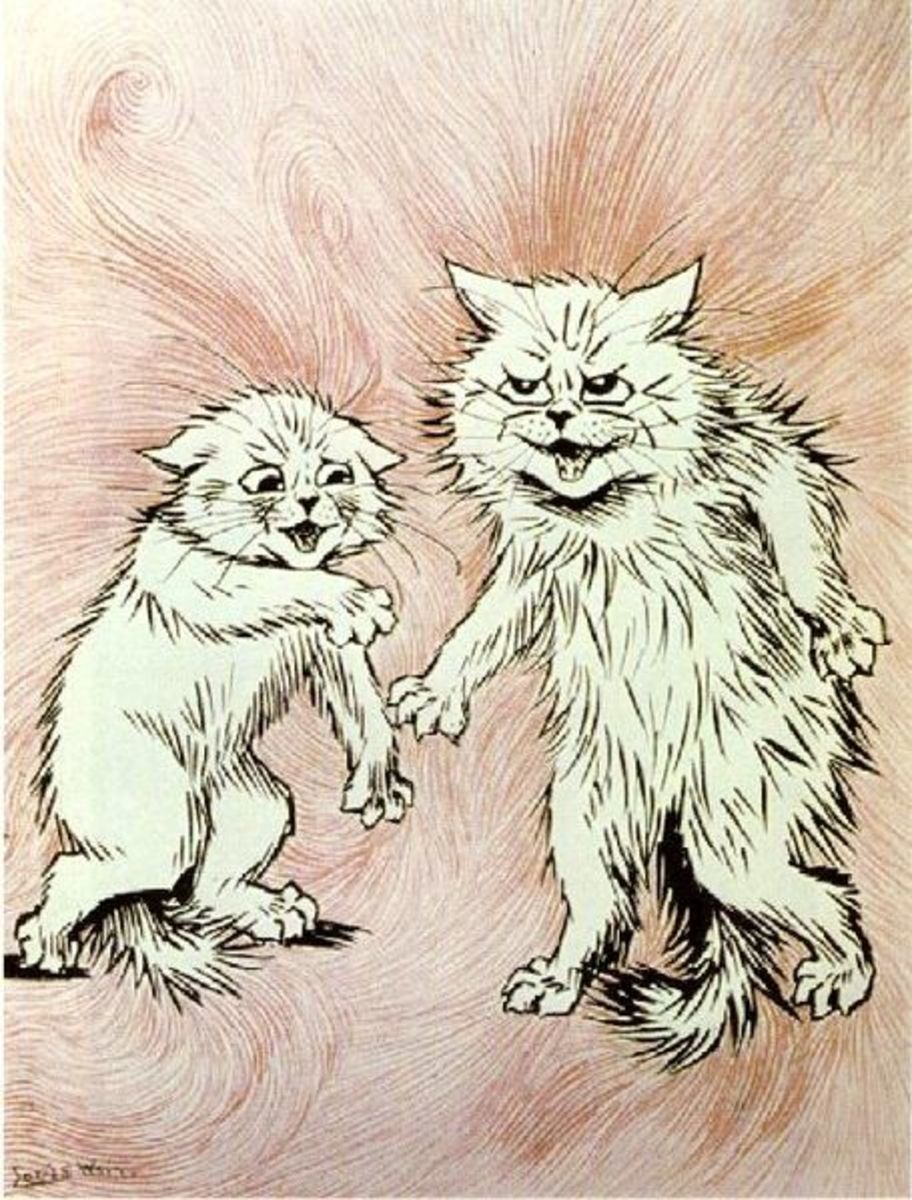The Kodály Method

An Excellent Form of Music Education
There are many thoughts and theories behind the methods to teach music. All of them have their strong points, so most music teachers use a combination of methods plus their own personal style. I find that how I teach one child or group may not be the way I would teach another child or group. Depending on the age of the children, previous experiences with music, maturity, cognitive and motor skill development, and other factors change the way a student learns. In other words, what works well for one student or class may not necessarily be the best way for another. A good teacher needs to search for different ways to approach a concept to make it more comprehensible and real to the students. One of the music education methods that I find to be helpful and strong is the "Kodaly Method".
Solfege Hand Signs - So, what does solfege mean? What about those hand signals?
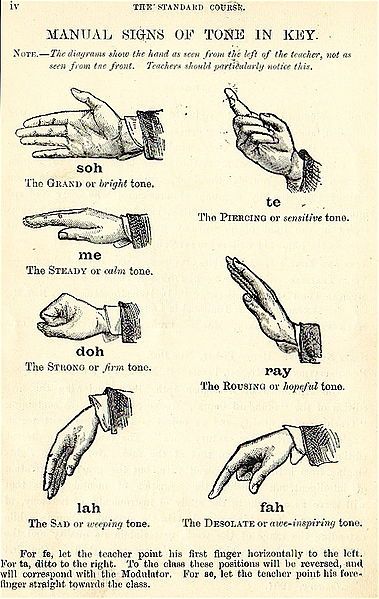
Solfege as defined by Wikitonary is "a method of sight singing music that uses the syllables do (originally ut), re, mi, fa, sol (or so), la, and si (or ti) to represent the pitches of the scale, most commonly the major scale. The fixed-do system uses do for C, and the moveable-do system uses do for whatever key the melody uses (thus B is do if the piece is in the key of B)."
Solfege is using syllables to represent pitches, therefore aiding in the distinction of pitches and the intervals or distances between them. Once these sounds are established in the mind, the musician may use them in locating and identifying pitches. For example:
Musical Challenge 1: Hum the first phrase of "Twinkle Twinkle Little Star". (Don't be shy, go ahead, I can't hear you anyway.) Okay, now use the syllables "Do Do Sol Sol La La Sol" while singing the phrase. (Good, that wasn't so hard now was it? I'm sure you sounded great.) Now just sing the second to third note with "Do Sol". The distance between those two pitches is what musicians call an interval of a fifth, or five steps up the scale. On musical notation, one would count up or down five notes on the staff (not five lines or five spaces, but five notes) from the starting pitch. Now try to sing all of the syllables of the first phrase like you did before, but start on a different pitch. The intervals or distances between the pitches should be the same, only it was started in a different key. Does your song sound the same with the exception of being higher or lower? (It should!)
Musical Challenge 2: If you would like to hear the interval I am talking about or others, try this fun training tool at Big Ears! You will see several letters and numbers referring to pitches. Don't worry if they look like some weird code. Just click on "P5", then click the "Big Ears". What are you smirking about, I'm serious here. :D The trainer will play an interval of a fifth each time for you.
Using the above trainer, click to hear the two pitches, then sing the first phrase of "Twinkle" using them. Click again and try it with the new pitches. No matter where you start, an interval of a fifth will always remain an interval of a fifth.
Musical Challenge 3: Take a look at the hand signs for Do, Re, Mi, and so on from the chart, from these Solfege Hand Sign Photos, or click on Scale Syllables with Hand Symbols to see the hand positions and hear the pitches from a piano recording. Memorize the signs for a basic major scale (signs exist for the minor pitches and half steps, but start with the major ones because they are used most frequently).
Musical Challenge 4: Trying singing all of "Twinkle" or another song using hand signs for all or part of the notes. It may seem a little tricky at first, but don't give up, it gets easier and does help with pitches.
Warm-Up Song: Hello! - What is your name?
~ Objectives: listening skills; singing; echoing & matching pitches; hearing high and low pitches; introduction to pitches sol, mi, and la
After seating students on the floor in a circle as they come into the classroom, welcome them with a "get to know your name" type song. I don't use anything fancy, but simply sing "Hello" to the children on the pitches sol and mi (any key would be fine). Have them echo you back. This helps the students to be focused on listening, matching pitches, and singing right from the start. I may do this a few times to make sure I have their attention.
I sing "My name is Mrs. Johnson" using the pitches sol - mi - la. If you are scratching your head at me, try one of these. If you play an instrument, play the following notes: sol = G, mi = E, and la = A. Or, think of when you were a kid and someone sang that teasing "Na na na na naaa naaa". Those are the pitches I'm talking about - ones that kids automatically seem to be able to sing well in youth. I use solfege hand signs representing Do, Re, Mi, and such as I sing, also, to help them discriminate the different pitches. It makes the activity aural, visual, and physical. See below to see and hear the solfege hand signs in use.
Teacher
My name is Mrs. John - - son!
Sol- Sol Sol Mi- La- Sol-- Mi--
Students (echo back with same timing and pitches)
Her name is Mrs. Johnson.
Teacher (to one student or an adult helper)
What is your name?
Sol- Mi La Sol- Mi-
One Person
My name is ___________.
Students
Her (His) name is ___________.
Go around the class until all have had a chance if you have time. If you do not have the time for all of them, have some use it as a warn-up in the next lesson as a review.
Pitch Activity:
~ Objectives: hearing and identifying high and low pitches; listening skills; body movement to pitches
I do not make a big deal of the solfege hand signs at first, but just let them know that it will help them to hear hear and sing different pitches. The simplest definition of pitch is the high and low sounds that something makes. If you have a piano available, have one student play some notes from the top right side of it. Have students identify them as high pitches. Choose another student to play some notes from the left side of the piano and identify them as low pitches. Do the same with the middle of the piano keyboard.
Play some examples (simple songs or just notes) on the piano for them to identify. Have them stand up if they hear high, sit down for low, and stand with bent knees for middle. To prepare the students for reading music in the future, draw a staff on the board with a few notes. Discuss how notes written higher on the staff represent higher pitches and notes written lower on the staff represent lower pitches. I don't get into the nitty gritty of clef or actual note names yet. This is just a tiny seed to plant in their minds for later growth.
Rhythmic Values
Info & Challenges Coming ...
Music & Movement
Info & Challenges Coming ...
Zoltán Kodály: Chamber Works MP3 - Performers: Anton Kontra, Niels Ullner & Anne Ãland
~ Sonata for cello & piano, opus 4: Fantasia (Adagio di molto) & Allegro con spirito
~ Duo for violin & piano, opus 7: Allegro serioso, non troppo, Adagio, & Maestoso e largamente, ma non troppo lento - Presto
~ Adagio for violin & piano: Adagio
~ Sonata for solo cello, opus 8: Allegro maestoso ma appassionato, Adagio con grand' espressione, & Allegro molto vivace
Nights in the Mountains ~ Kodaly, Composer
Using the Kodaly Method in Music Classes

